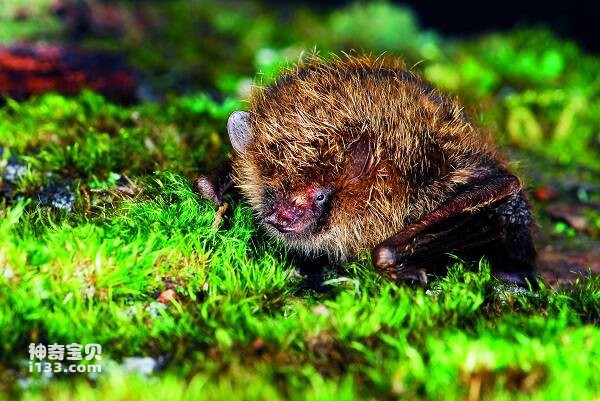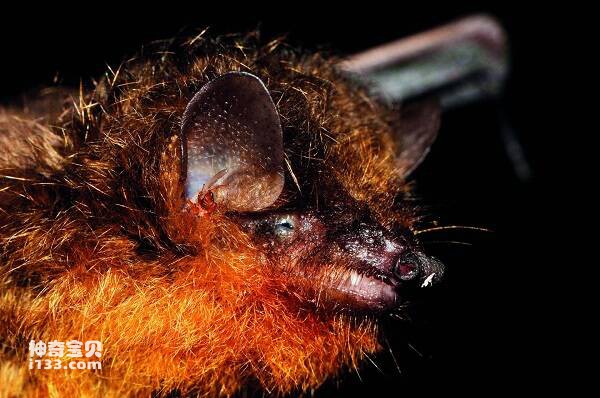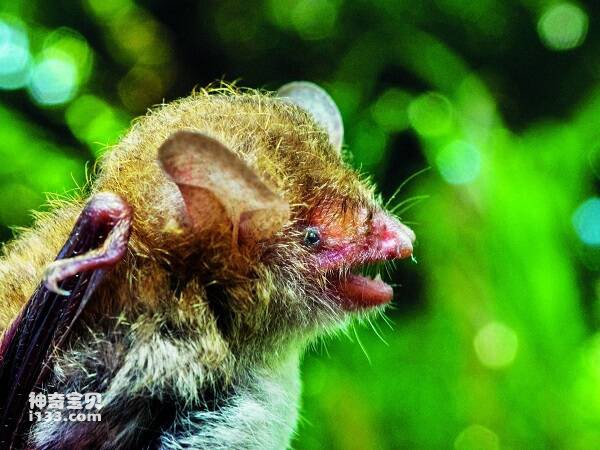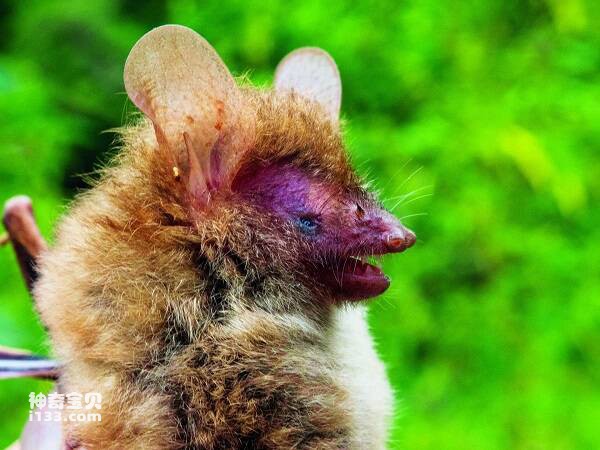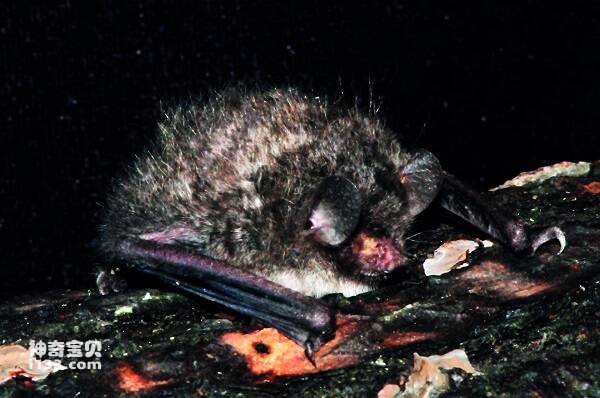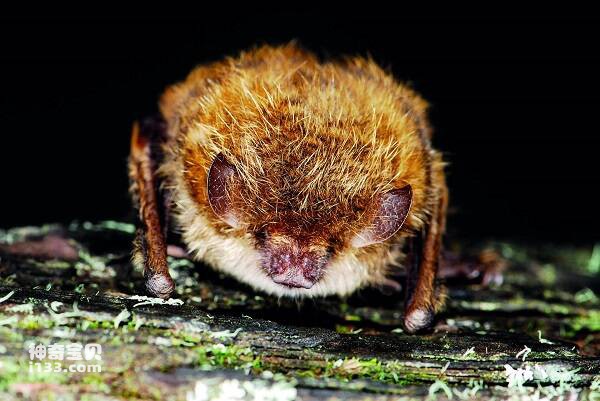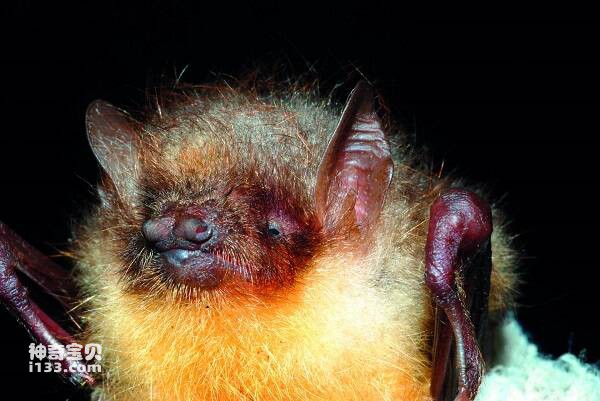Eonycteris spelaea
IUCN
LCBasic Information
Scientific classification
- name:Eonycteris spelaea
- Scientific Name:CHIROPTERA
- Outline:Chiroptera
- Family:Chiroptera Pteropus LF.bat
Vital signs
- length:
- Weight:
- lifetime:
Feature
The tongue is very long, with a brush-like protrusion on the tip and a tricuspid papilla in the center of the tongue.
Distribution and Habitat
It is a tropical fruit bat found in South Asia and Southeast Asia. It is distributed marginally in western and southern Yunnan and southwestern Guangxi in my country. It is also found in India, Malaysia, Indonesia, the Philippines, Myanmar, Vietnam, Laos and Thailand.
Appearance
The body is medium in size. The forearm is 65-72mm long. The snout is long, with a groove in front of the upper lip, and the snout is long but not narrow. The nostrils are not prominent. The tongue is very long. The wing membrane ends at the ankle. There is a short tail, about the same length as the hind leg. The cheek teeth are relatively strong, with a small gap between the cheek teeth, and the cheek teeth are closely arranged.
Details
The tongue of the long-tongued fruit bat is very long, with a brush-like protrusion at the tip, a tridentate papillae in the center of the tongue, and a forearm length of 47.31-51.01 mm. It is similar to the long-tongued fruit bat (Eonycteris spelaea), but the second finger has a claw, the wing membrane ends at the base of the third toe, there is no groove on the front edge of the upper lip, the nostrils are not prominent, and the tail is very short and hidden in the hair; the back of the skull is obviously tilted backward and downward, the posterior extension of the alveolar line obviously exceeds the upper edge of the miglar crest and reaches the level of the upper edge of the parietal bone, and the teeth are very long and thin, which is obviously different from the long-tongued fruit bat. These characteristics are consistent with the long-tongued fruit bat (Macroglossus sobrinus) in northeastern India and Southeast Asia.
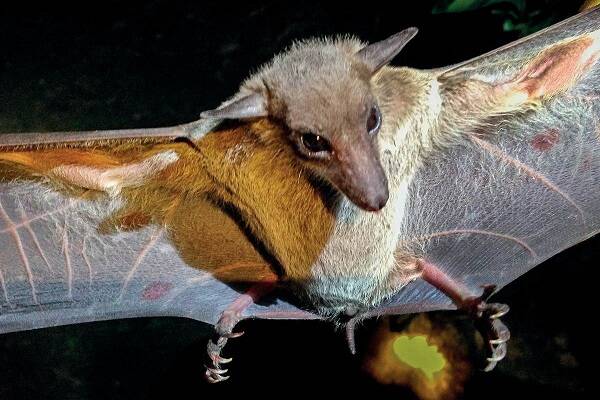
Corbet & Hill (1992) divided the long-tongued fruit bat into three subspecies: (1) the nominate subspecies <E. s. spelaea>, distributed in Indochina; (2) the Sulawesian species <E. s. rosenbergii>, with darker body color, small or missing third maxillary molars, and only distributed in Sulawesi, Indonesia; (3) the Philippine subspecies <E. s. glandifera>, with a larger body and a less pointed snout, distributed from the Philippines to Java. The long-tongued fruit bat in my country is the nominate subspecies <E. s. spelaea>. It lives in large groups in caves and forages near forests and orchards at dusk. Its food includes pollen and nectar, and it is a pollinating bat.

